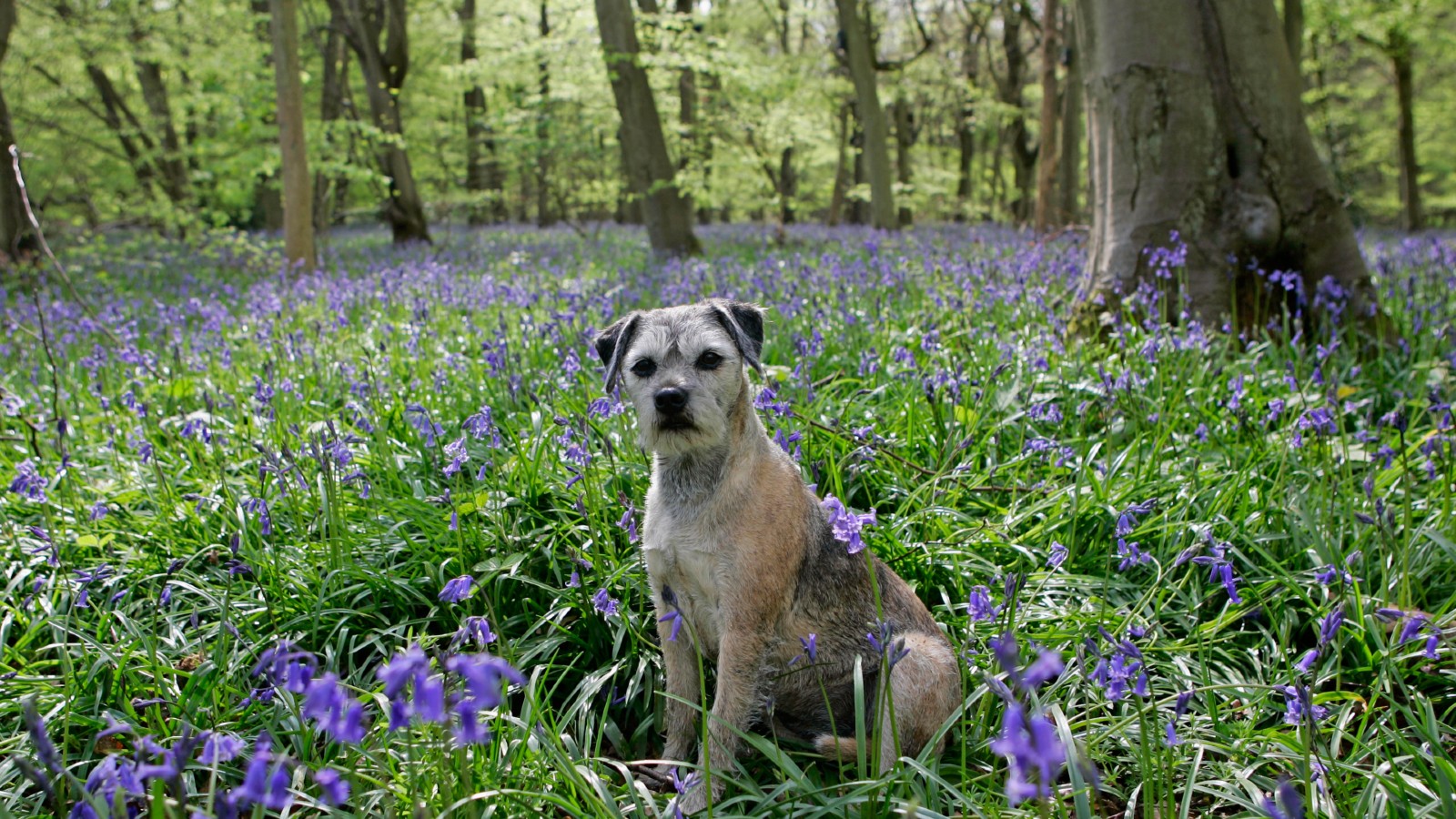Vet warns this Instagram trend could be deadly to your dogs


Vet warns pet owners that the popular Instagram trend of posting cute pictures of their pooches in flower fields could be deadly to their dogs.
Instagram trend deadly to dogs sees dog owners get their pets to pose for pictures in fields of flowering with plants such as Rapeseed is putting their lives at risk a vet has warned.
It's not just chew toys that are deadly to dogs, It comes after pet owners were warned to check their gardens after a common plant killed dog.
Head Vet Sean McCormack, at tails.com, has warned that these types of fields can be dangerous to dogs who have sensitivity. Rapeseed is just one of many plants that can be poisonous to pets, along with hyacinth, bluebells, and daffodil bulbs, the Dogs Trust, has warned.

Instead, owners could let their pets enjoy cooling off in a B&M pet paddling pool instead before drying them off in a puppy bathrobe.
Instagram trend deadly to dogs is all over the social media platform with people snapping their pooches with the vast colour in the background. Some owners use the hashtags #rapeseeddogwalk and #rapeseedfield and while the images look beautiful, they could be doing more harm than good.

Which fields can I walk my dog in?
Thankfully there’s still plenty of beautiful greenery you can pose in front of that is safe for you and your pooch. Among the fields, you should choose for the backdrop of your Insta-worthy snap are:
Parenting advice, hot topics, best buys and family finance tips delivered straight to your inbox.
Sunflower Fields
Sunflowers usually bloom from the middle of summer through to early autumn – so from July to September. The best time to see them in the fields is from August, depending on the weather.
Daisy Fields
Britain's beloved playground favourite, daisies, usually bloom from March to October but sometimes all year round, if winters are mild.
Lavender Fields
You’d naturally assume you can only find lavender fields in France. However, there are a few lavender fields dotted around the UK. Lavenders usually bloom during early June to mid-August!
But before visiting your local flower field, double-check online for any announcements and whether they are dog friendly.
How to stop dog from eating outdoor plants
Aside from the warning over the Instagram trend deadly to dogs, owners are asked to be a bit more observant and ready to intervene if you see a snout heading where it shouldn’t. Whether in the garden or out for a walk, if your dog starts sniffing a harmful plant, a quick, sharp ‘no’ should do the job. But keep in mind you might have to physically remove your dog from the plant – or indeed a part of the plant from your dog’s mouth.
Remember, if you’re in any doubt about whether they’ve ingested part of a dangerous plant, you should visit your vet as soon as possible, and if you can, take the plant with you to help your vet identify what your dog’s eaten. Having the plant to hand will help your vet correctly diagnose your dog. Treatments can range from simply making your dog sick to treating them for toxicity, even surgery if necessary.
You know your dog better than anyone. If you feel like there’s something wrong - or common problems such as constipation or diarrhoea don’t seem to go away after a few days - don’t hesitate to take your dog to the vet.

Selina is a Senior Family Writer for GoodtoKnow and has more than 16 years years of experience. She specialises in royal family news, including the latest activities of Prince George, Charlotte, Louis, Archie and Lilibet. She also covers the latest government, health and charity advice for families. Selina graduated from the University of Sheffield in 2006 with a degree in Journalism, and gained her NCTJ and NCE qualifications. During her career, she’s also written for Woman, Woman's Own, Woman&Home, and Woman's Weekly as well as Heat magazine, Bang Showbiz - and the Scunthorpe Telegraph. When she's not covering family news, you can find her exploring new countryside walking routes, catching up with friends over good food, or making memories (including award-winning scarecrows!)